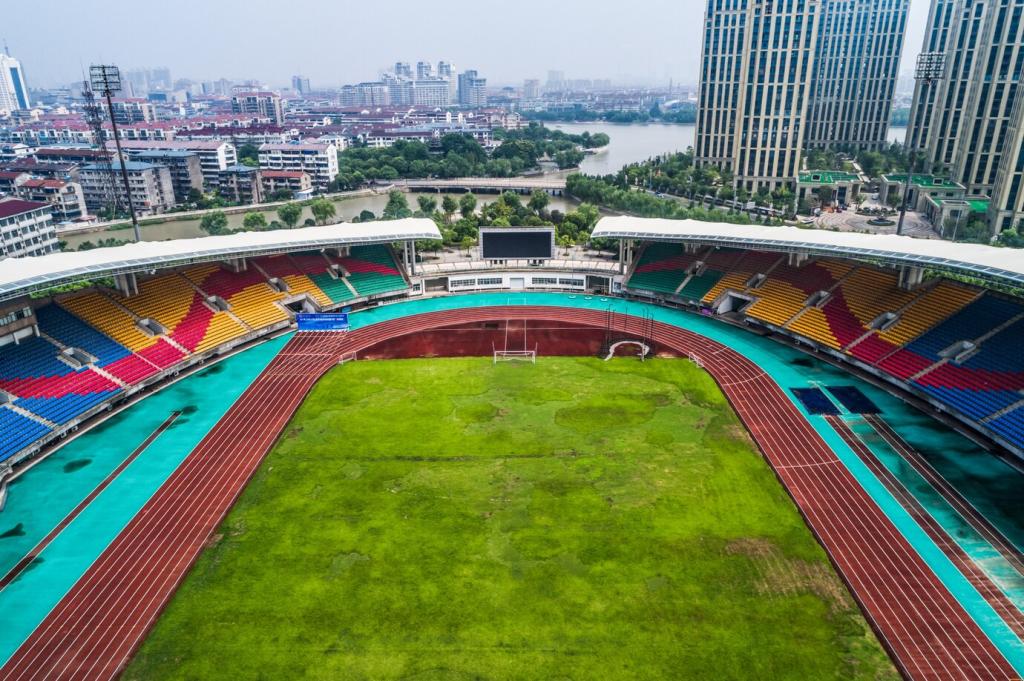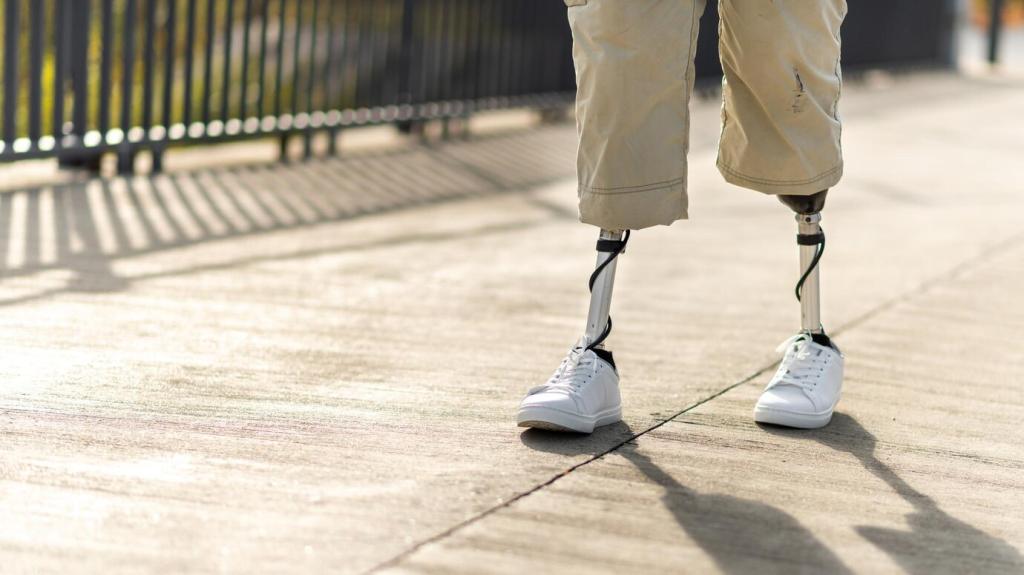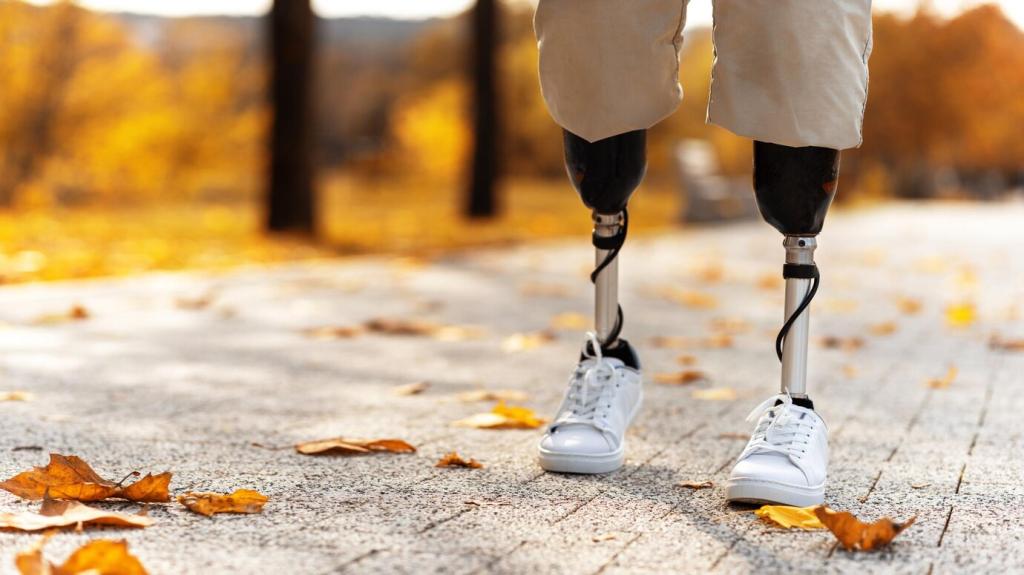
Capturing Evening Landscapes with Your Phone
Tonight’s chosen theme: Capturing Evening Landscapes with Your Phone. Step into the glow of twilight, where everyday scenes turn cinematic and your pocket camera shines. Subscribe, comment with your favorite dusk spot, and let’s make the evening light your daily creative ritual.
Chasing the Blue Hour: Light That Loves Your Phone
If your camera app offers a histogram, use it to avoid clipping bright highlights and murky shadows. Expose so the curve doesn’t slam against the right edge. When in doubt, slightly underexpose; you can lift shadows later while preserving the glowing sky.
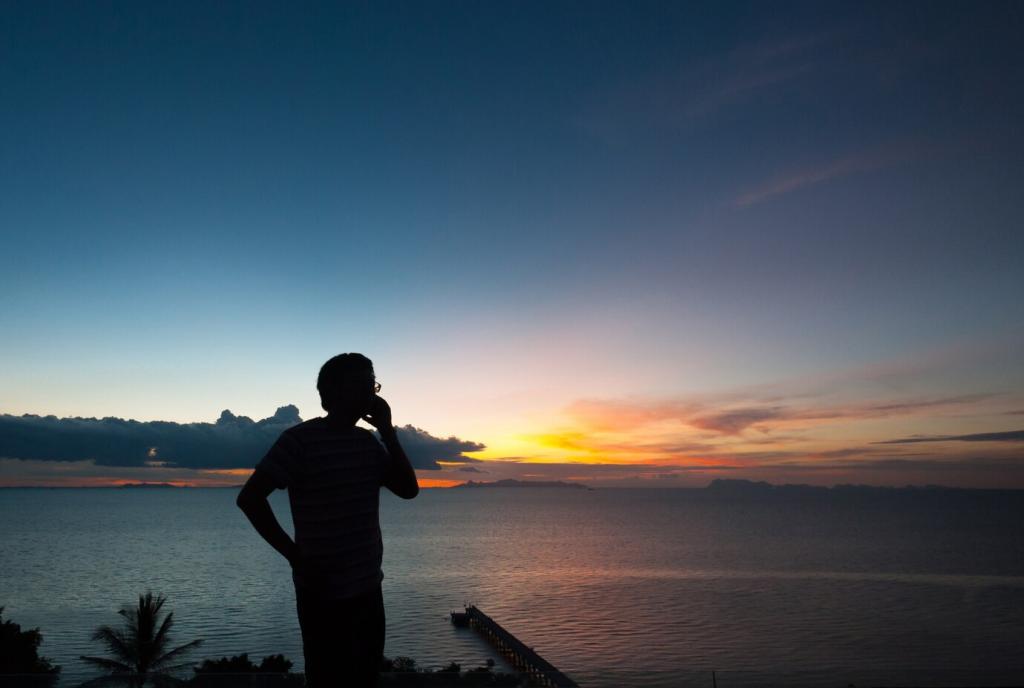
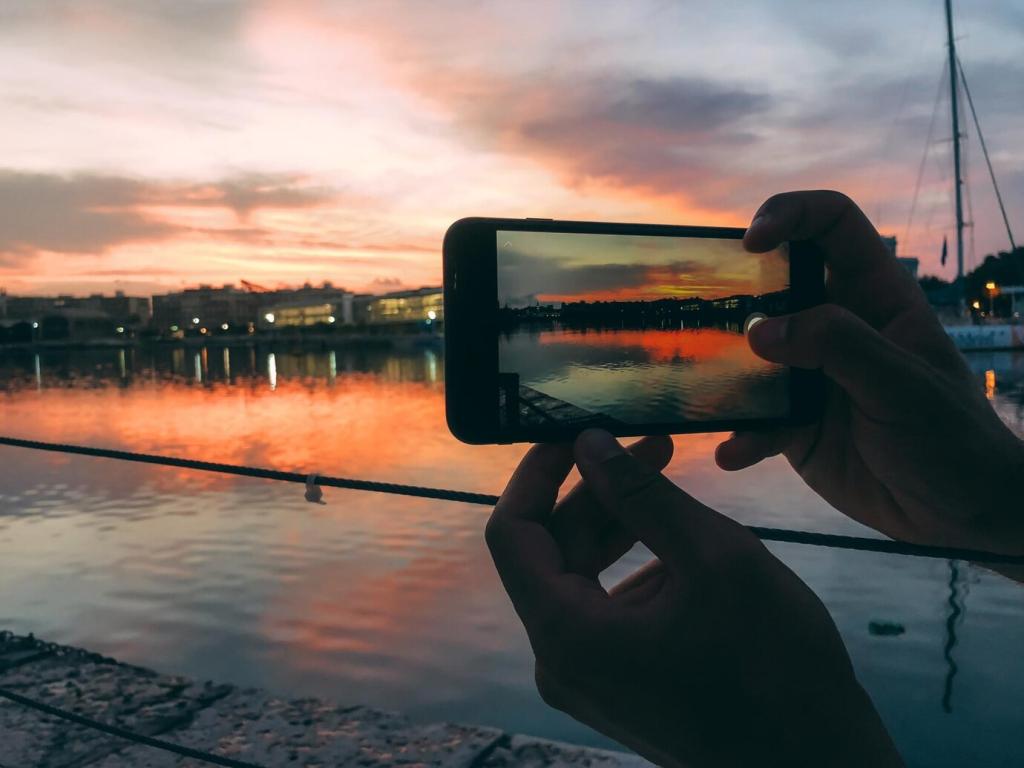
Chasing the Blue Hour: Light That Loves Your Phone
As the sun slips away, colors cool while streetlights warm the scene. Lock white balance if your app allows, preventing jumps between orange lamps and blue sky. This consistency keeps gradients smooth and makes later color grading more intuitive and natural-looking.
Phone Controls That Matter After Sunset
Pro/Manual Mode Without Fear
If your phone offers Pro mode, start around ISO 100–400 for cleaner files and let shutter speed fall if you’re stabilized. Lower ISO preserves color depth. When the scene darkens, increase ISO gradually rather than jumping high; controlled grain looks more cinematic.
Lock Focus and Exposure
Use AE/AF Lock on a mid-distance subject or bright edge of the horizon. This prevents the phone from hunting as lights flicker on. With exposure locked, nudge compensation slightly negative to hold highlights, then compose freely without your brightness fluctuating unexpectedly.
Shoot RAW or 10-bit HEIF When Possible
RAW files store more latitude for recovering skies and balancing shadows. If RAW isn’t available, try 10-bit HEIF for smoother gradients. Evening landscapes often demand subtle adjustments, and these formats hold color transitions better than standard JPEG, especially around neon and sunsets.
Foreground Anchors Create Depth
Place a pier, grass tuft, or textured rock in the foreground to lead the eye into the scene. Slightly tilt down to include detail that catches dusk’s soft light. This layering builds depth and makes small screens feel expansive and immersive.
Reflections and Symmetry
Calm water doubles the drama at dusk. Center the horizon for near-perfect symmetry or break it intentionally for tension. Watch for ripples that add texture without chaos. Street puddles work too—kneel low, tap to focus on the reflection, and let the world invert.
Silhouettes Tell Quiet Stories
Backlight turns ordinary shapes into striking silhouettes. Trees, distant hikers, or rooftops can become bold graphic elements. Expose for the sky, then let subjects fall to shadow. The viewer fills in the details, creating a personal connection with your evening moment.
Stability, Sharpness, and Motion in Low Light
A mini tripod transforms results, but a railing, backpack, or tree trunk works in a pinch. Brace elbows, control breathing, and shoot during an exhale. The steadier your phone, the lower your ISO can stay, preserving detail and color fidelity beautifully.
Stability, Sharpness, and Motion in Low Light
Even a gentle tap introduces blur. Use a two-second timer or a Bluetooth remote to keep the phone still. If your app supports burst with minimal shake, capture several frames and pick the cleanest; one will often land perfectly sharp at dusk.

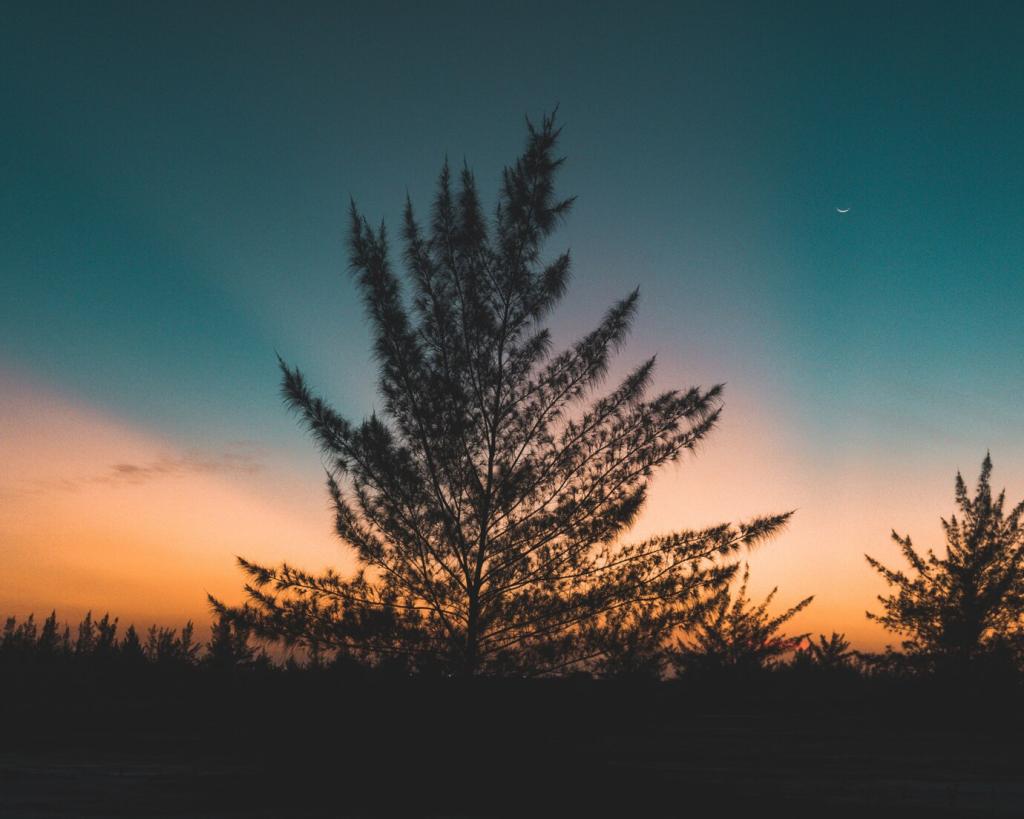
Color, Mood, and Story at Twilight
Once, chasing a river glow, I arrived late and lost the sky’s flame—until a ferry’s lights painted the water gold. One frame, low angle, and a patient breath turned disappointment into a keeper. Missed sunsets can still become luminous stories if you linger.
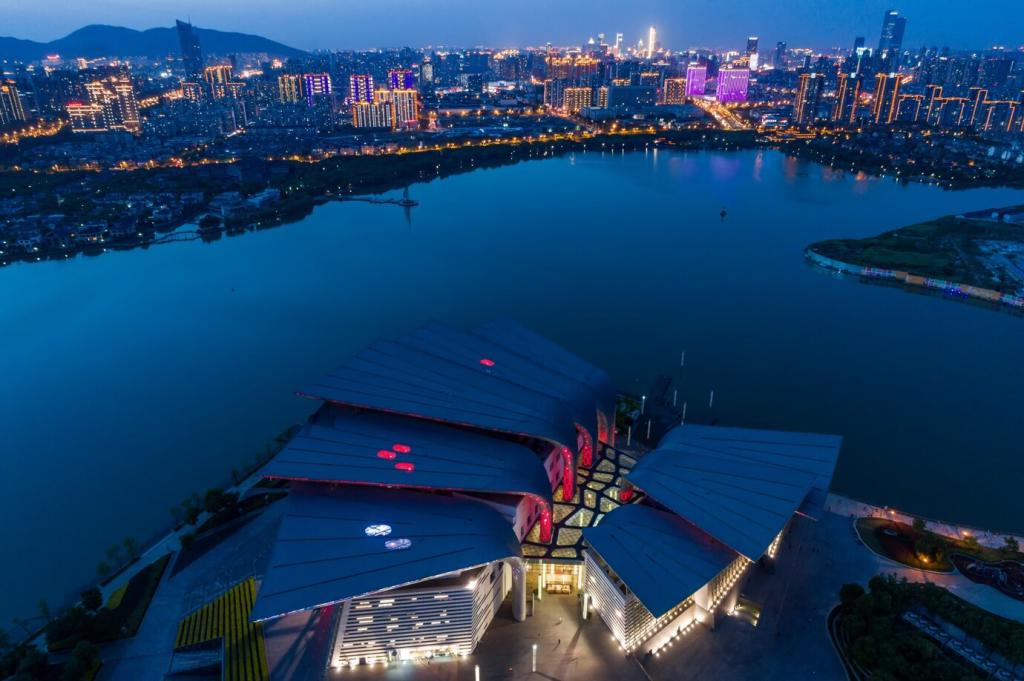
Editing on Your Phone for Evening Landscapes
01
Balancing Highlights and Shadows
Start by recovering highlights, then lift shadows selectively using radial or linear masks. Avoid global brightening that flattens the mood. Keep blacks rich to hold contrast, and add a touch of clarity only where texture matters, like rocks, piers, or distant trees.
02
Noise Reduction versus Detail
Evening files gather grain; finesse beats force. Apply moderate luminance reduction, then restore edges with subtle sharpening. Consider selective noise reduction—clean skies while preserving foliage texture. A little grain can feel cinematic if color and contrast remain balanced and intentional.
03
Color Grading Twilight
Use split toning to nudge shadows slightly cooler and highlights slightly warmer, honoring the natural dusk palette. Avoid heavy saturation; target specific hues with HSL instead. Keep skin tones believable if figures appear, and let the sky’s gradient remain smooth and dignified.
